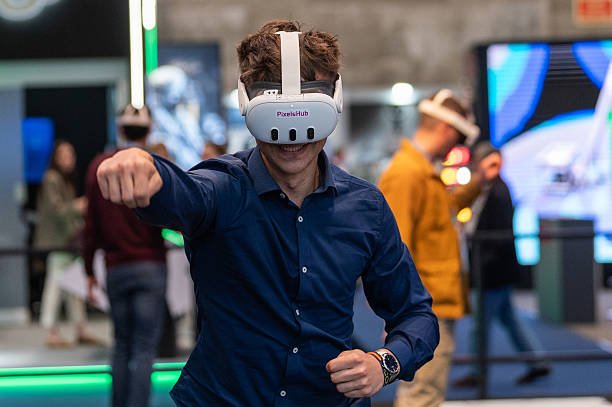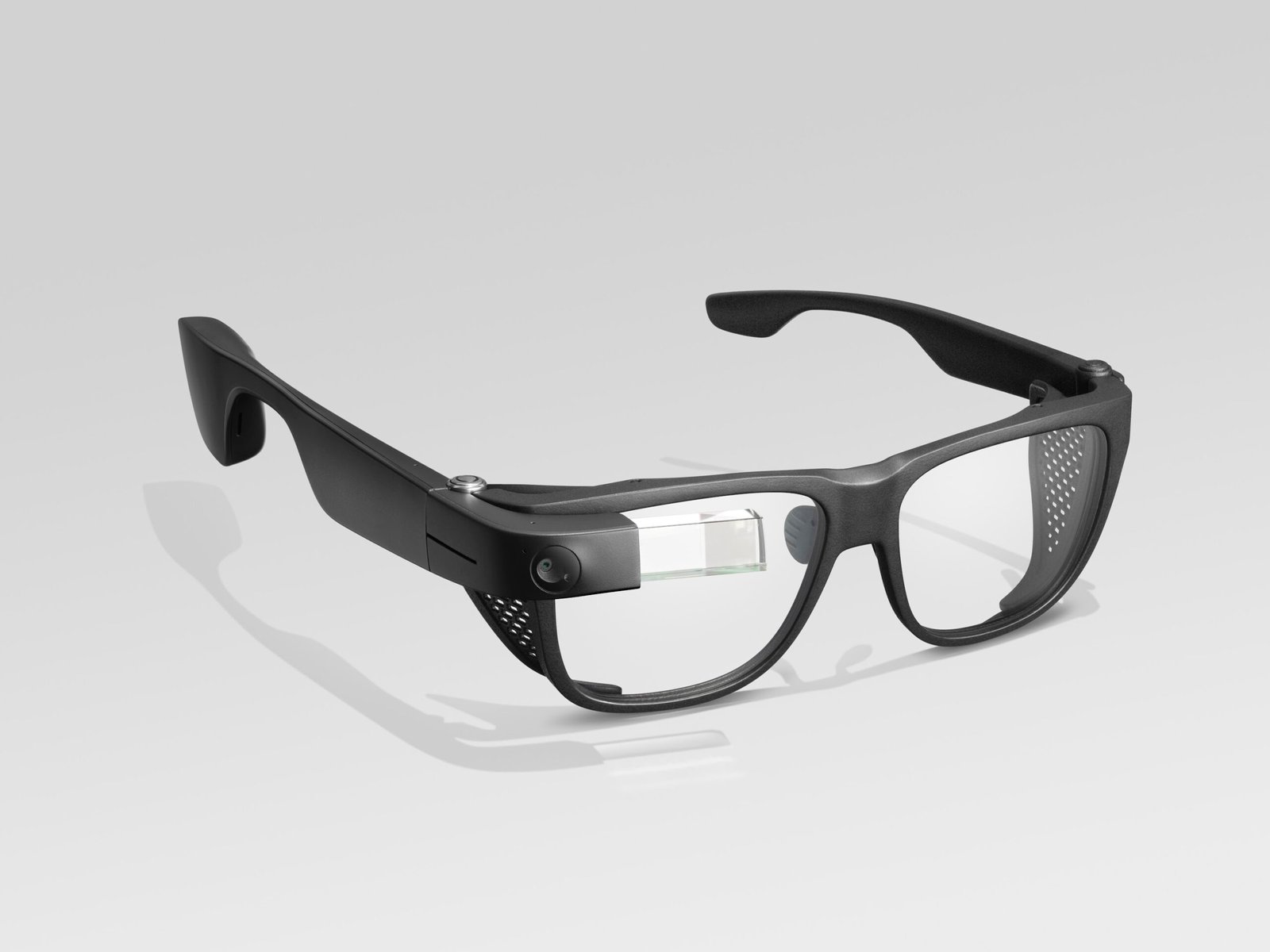Apple is making bold moves into futuristic brain-computer interface (BCI) technology through a partnership with medical startup Synchron. This collaboration could one day let users control iPhones, Vision Pro headsets, and other Apple devices using just their thoughts – no hands required.
The tech giant is reportedly working with Synchron to develop a new standard that would allow the startup’s Stentrode device to seamlessly connect with Apple’s operating systems. Unlike Elon Musk’s Neuralink which requires invasive brain surgery, Synchron’s approach uses a stent-like implant that’s less intrusive while still capturing brain signals effectively.
How does this mind-blowing technology work? Our brains constantly generate electrical signals to control every movement and thought. BCIs act as translators, intercepting these neural patterns and converting them into digital commands. Synchron’s Stentrode, first tested in 2019, has already helped ALS patient Mark Jackson navigate Apple’s Vision Pro headset using only his thoughts – though current speeds are slower than traditional input methods.
The potential goes far beyond convenience for able-bodied users. For people with physical disabilities, this technology could restore communication and device control capabilities. Apple’s existing Switch Control feature, designed for alternative input devices, reportedly helped facilitate this early integration.
While still in early testing phases with just 10 human volunteers so far, this partnership signals Apple’s serious interest in the BCI space. As the technology develops, we may see thought-controlled Apple devices become a reality, potentially transforming how we interact with technology forever.





















